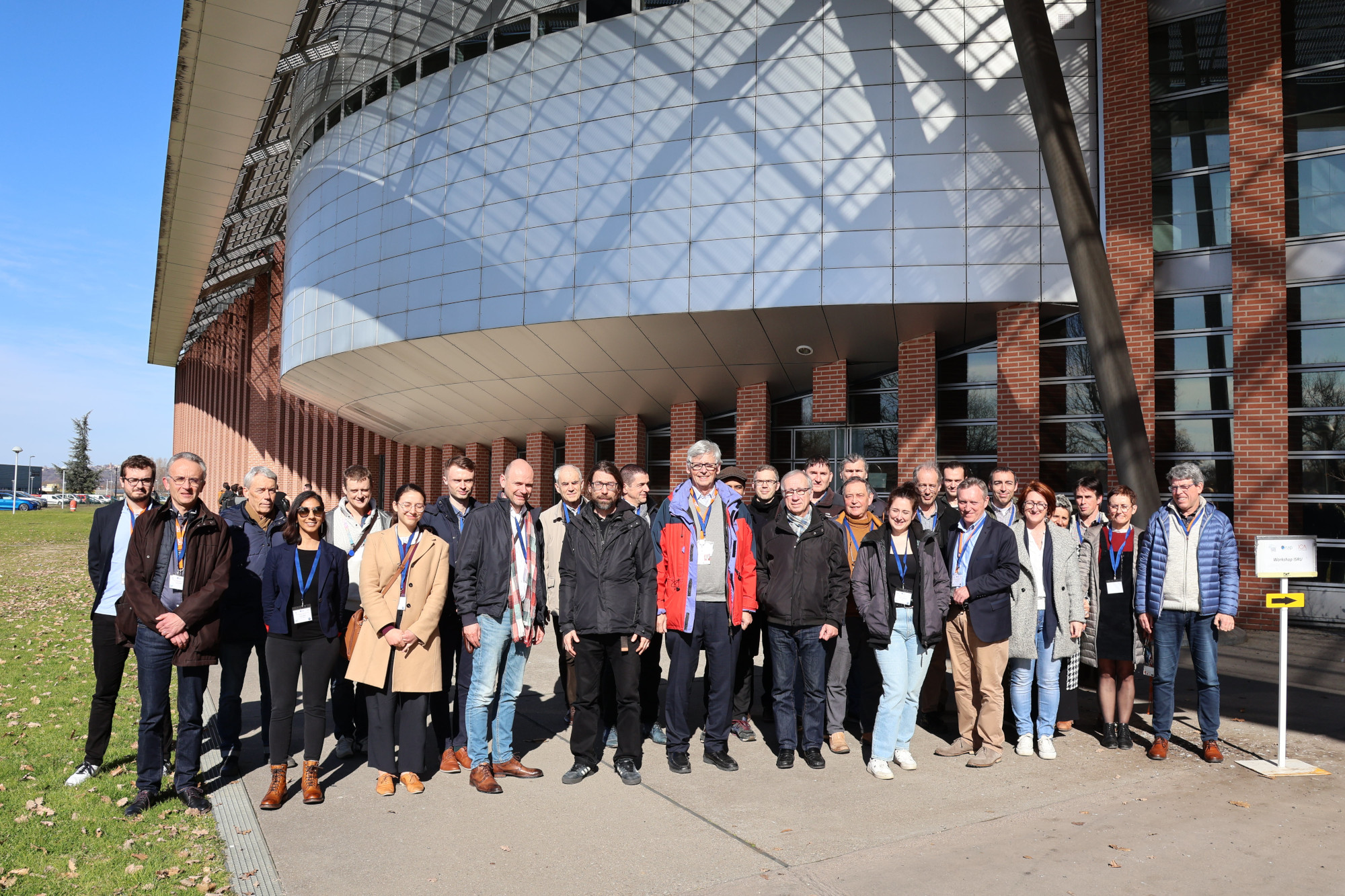IRAP at the heart of the lunar conquest
During the last fifty years, our natural satellite, the Moon, has been the target of human expeditions (Apollo missions) (1969-72) and robotic return of samples (Luna 16, 20, 24 (1970-1976), orbital reconnaissance missions led by various nations and space agencies (1993-present), and very recently of in situ robotic missions (Chang’e 3 missions (2013), Chang’e 4 (2019-present),…). Now, with the first successes of the ARTEMIS program, the objective of the American and European space agencies is to stay there permanently. To this end, various scientific and technological programs have been launched: some related to the transport of astronauts, others to their survival on the surface of this hostile world.
“How to organize a long stay on the Moon? How can we be autonomous by producing sustainably from its only resources, which are the regolith (lunar dust) and the Sun?” These are the questions to which the participants of the 1st workshop organized on February 15 by IMT Mines Albi, on the ISRU theme “in-situ resource utilization”, have brought some answers.

organized on February 15 by IMT Mines Albi
Among these participants were the French Space Agency (CNES), the European Space Agency (ESA), ESRIC (European Space Resources Innovation Center), European partners (Germany, Norway, Spain) as well as the three Toulouse laboratories – IRAP (Institut de Recherche en Astrophysique et Planétologie), the LGC (Laboratoire de Génie Chimique de l’Université Paul Sabatier)) and the ICA (Institut Clément Ader/IMT Mines Albi) – composing a consortium called Toulouse Task Force, created in May 2018 at the end of the European Lunar Symposium 6th, organized by IRAP in Toulouse.
The Toulouse Task Force brings together recognized expertise in the fields of planetology, chemistry, materials science, mechanics and energy. By deepening their knowledge of lunar regolith, scientists will be able to propose in situ techniques for oxygen extraction and metal alloy production, necessary for the astronauts’ implantation. The development of additive manufacturing processes for parts from lunar regolith will be an essential asset for the construction and maintenance of a lunar base, reducing the need to send resources from Earth.
Producing locally while mobilizing a minimum of energy. This is the objective of the scientific teams involved in this lunar challenge. An objective whose methods will, in a second time, certainly be useful to life on Earth, in order to meet the consequences of the climate crisis we are going through.
Further Resource
- Les expertises pour l’habitabilité de la Lune au cœur des rencontres organisées à IMT Mines Albi avec les agences spatiales française et européenne (Workshop du 15 février 2023)
IRAP Contacts
- Patrick Pinet, patrick.pinet@irap.omp.eu
- Serge Chevrel, serge.chevrel@irap.omp.eu






